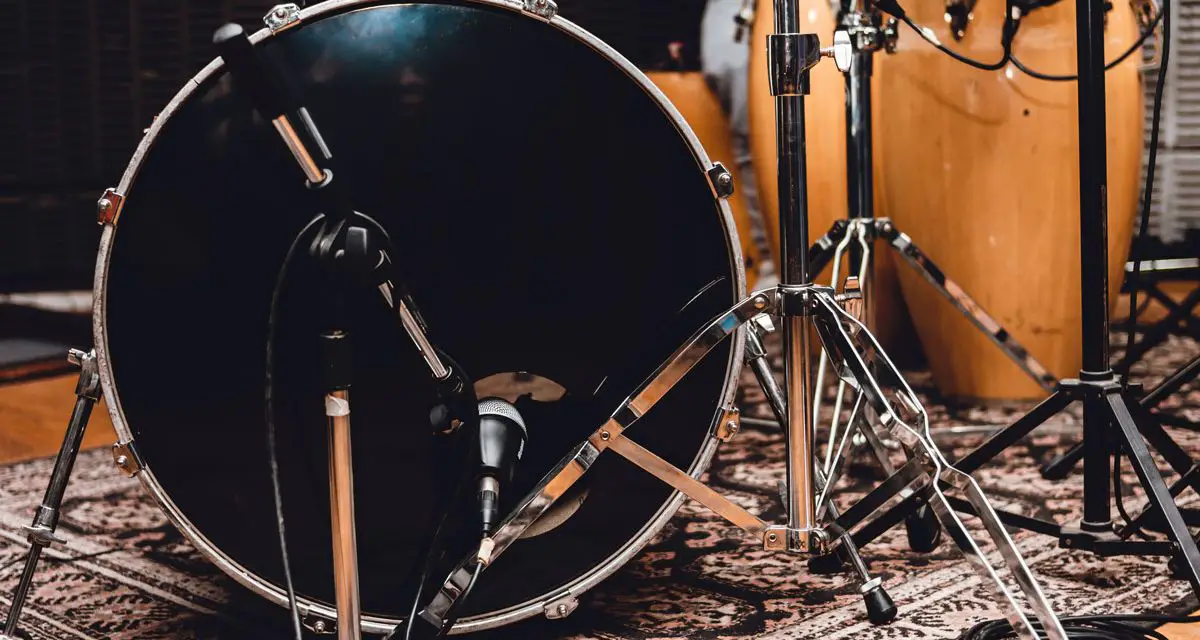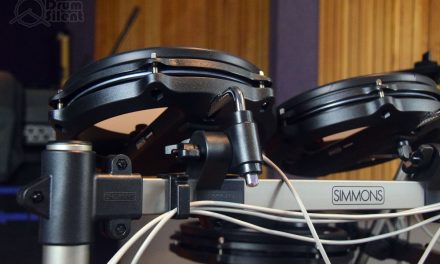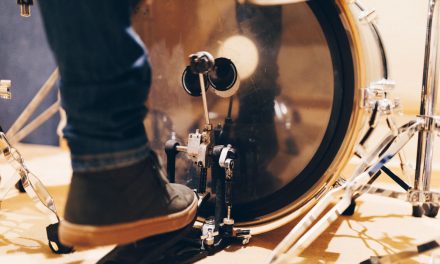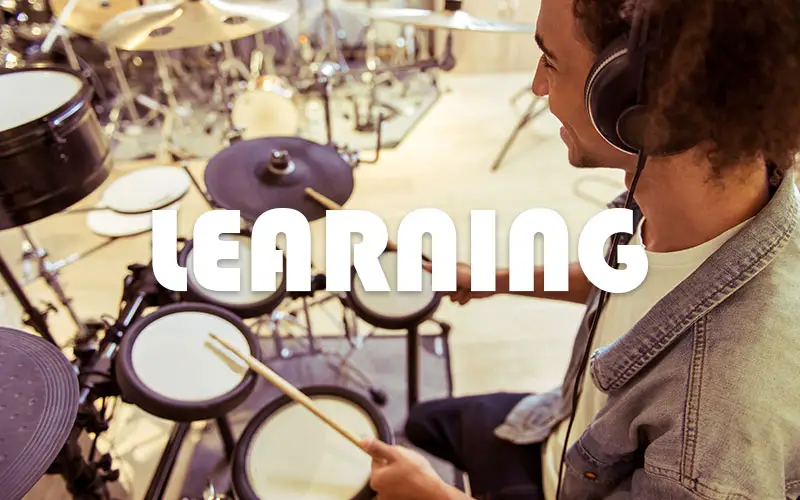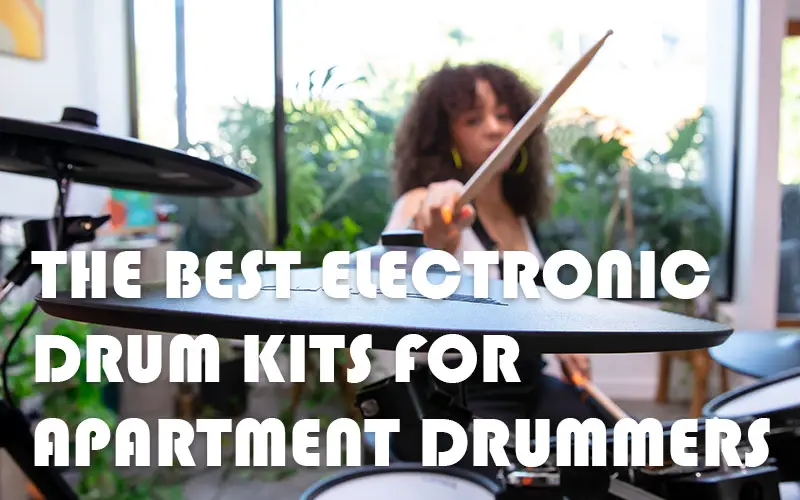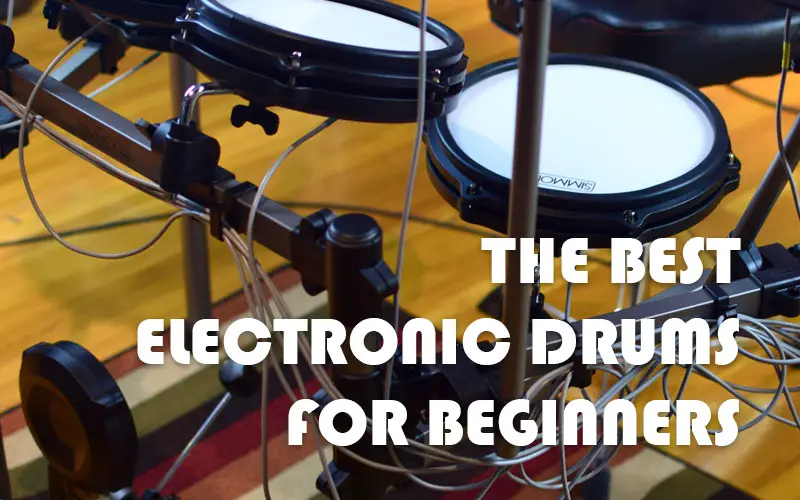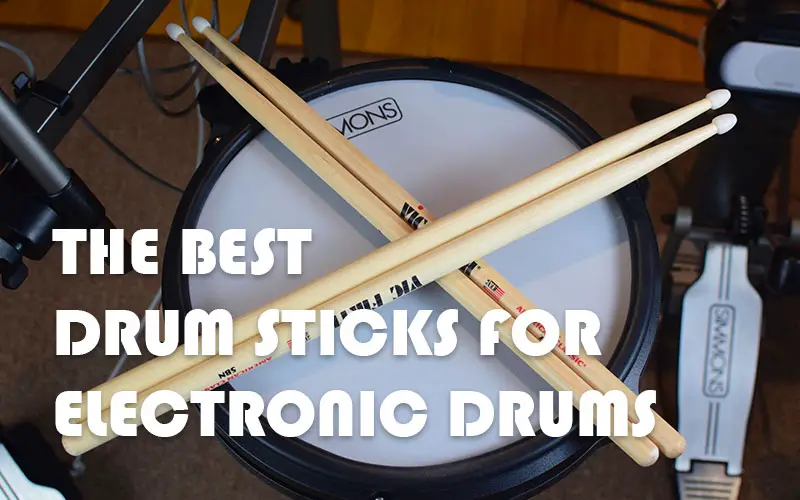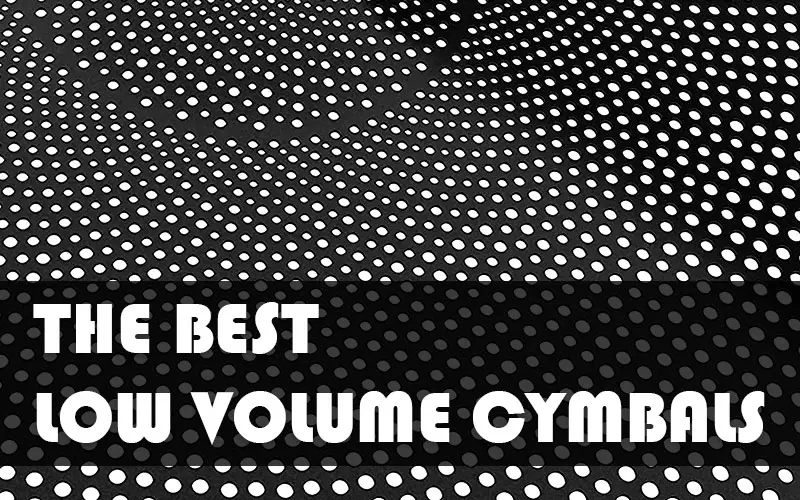When it comes to double bass pedals there are a wide range of prices and quality levels out there. Our favorite sweet spot for a brand new, entry level double bass pedal is in the $200-$300 range. Anything less than that starts to get a little too cheap and can be unsatisfying. Here’s our favorite recommendations for less than $300.
DW 2000 Series Single Pedal
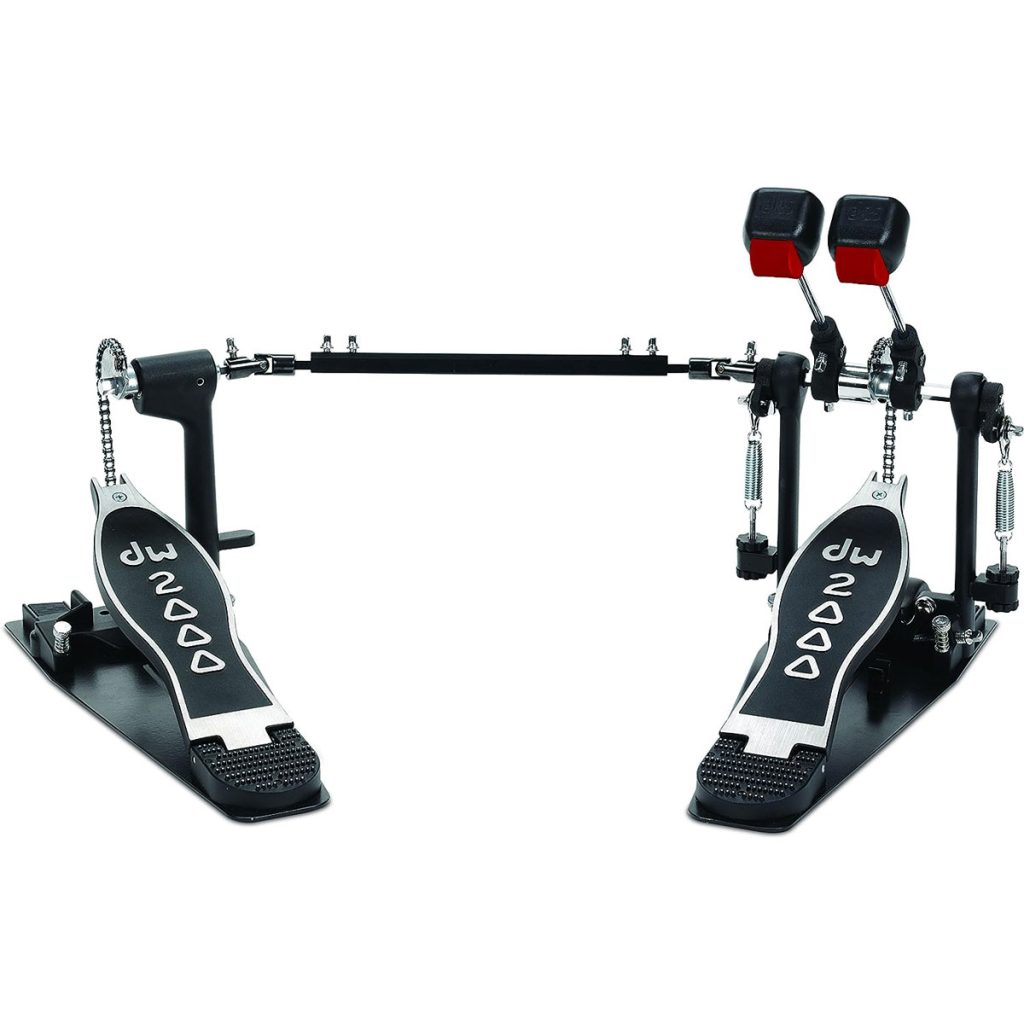
The DW 2000 Series pedal from Drum Workshop is their entry level pedal but it doesn’t feel like an overly cheap pedal. This one has steel base plates on both pedals for stability, along with spurs to keep it from sliding. The pedals use an offset, circular cam that helps provide a little more power along with a single chain drive. The beater angle can be adjusted and adjusting the the angle beater also raises or lowers the foot board. The left side pedal has a single post which makes it easier to move your foot between the pedal and a hi-hat pedal. There is a spring tension lock on both springs. It comes with reversible beaters with both felt and hard surfaces. It also has a drum key on board which comes in handy for making adjustments, and you’ll also need the key to tighten the toe clamp. This is a good way to get into DW double bass pedals on a smaller budget.
Tama Iron Cobra 200 Series Double Bass Pedal
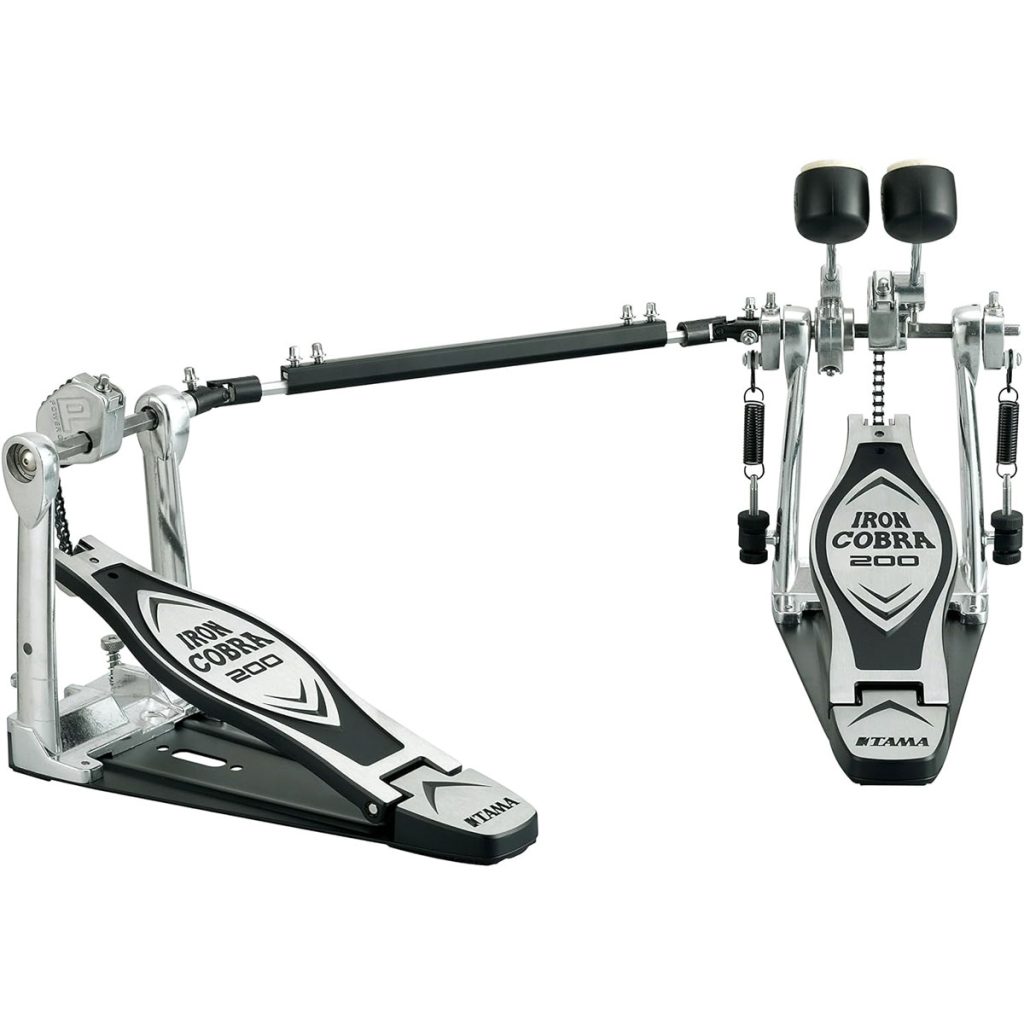
The Tama Iron Cobra 200 is the cheapest Iron Cobra double pedal you can get. This one features a solid base plates on both pedals which provides good stability. This pedal has the Powerglide cam that is found more expensive Iron Cobra pedals along with a single chain drive. The Powerglide cam is shaped to provide more power and acceleration. The beater angle can be adjusted, which also changes the height of the foot board. You can upgrade this pedal and add Cobra Coils, which is a spring that sits under the foot board for quicker pedal return. It has a reversible beaters with felt and hard surfaces. It also has a spring tension lock on both springs. The left side pedal has spurs to keep it from sliding during play. For it’s price this is a solid option from Tama and it’s a great way to get into Iron Cobra pedals on a budget.
Tama Speed Cobra 310 Double Bass Pedal
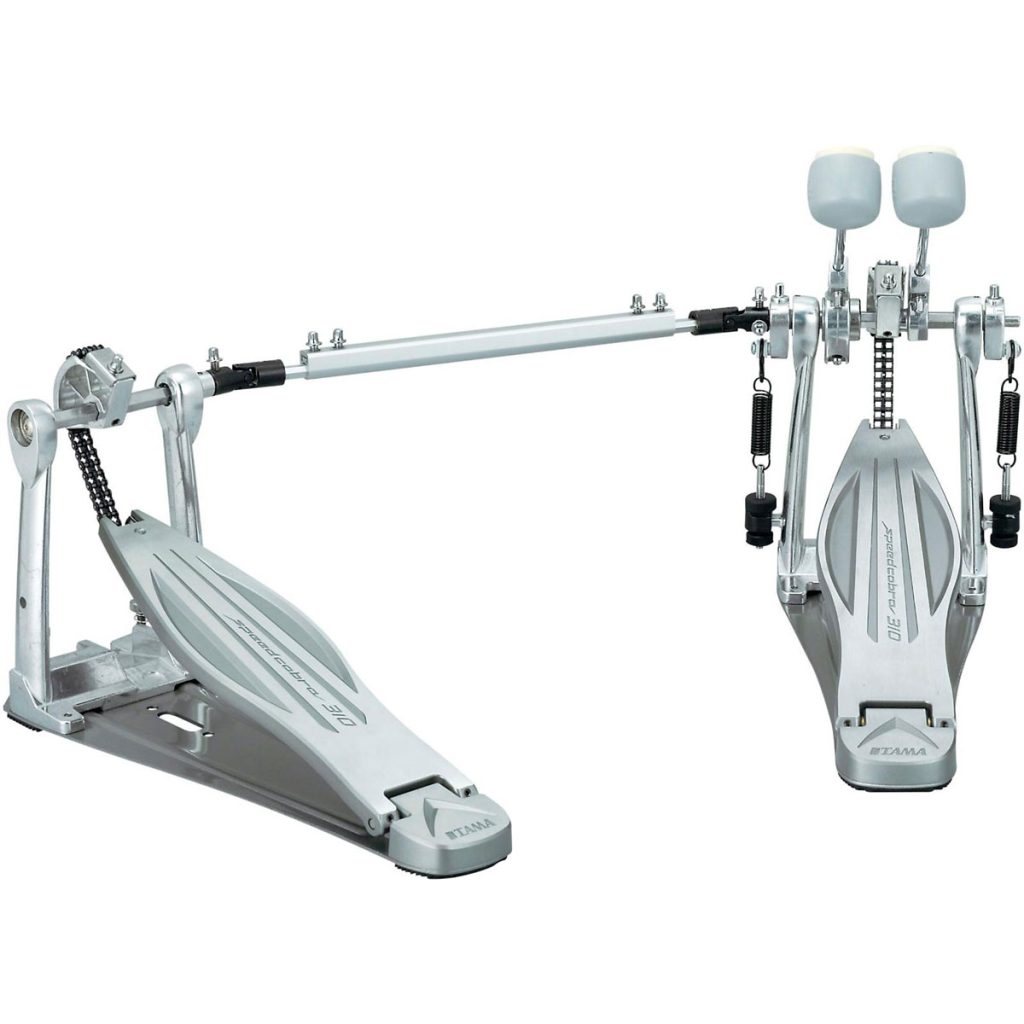
The Tama HP310LW Speed Cobra offers a no-frills design with just enough features to dial in your preferred feel. It has a longer foot board which can be preferable to some drummers. Both pedals have solid base plates for good stability. The left pedal has spurs to keep it from sliding on carpet. There are double chain drives with a circular cams on both sides. The beater height and angle can be adjusted. There are tension locks on both springs. The pedals have a very light feel to them, which won’t be for everybody. But if you prefer a very light feeling and quick pedal this is it, and at a good price at that. Some drummers even add heavier beaters or use beater weights to give the beaters a little more heft with this one to counter the lightweight feel.
Mapex Armory Response Double Bass Pedal
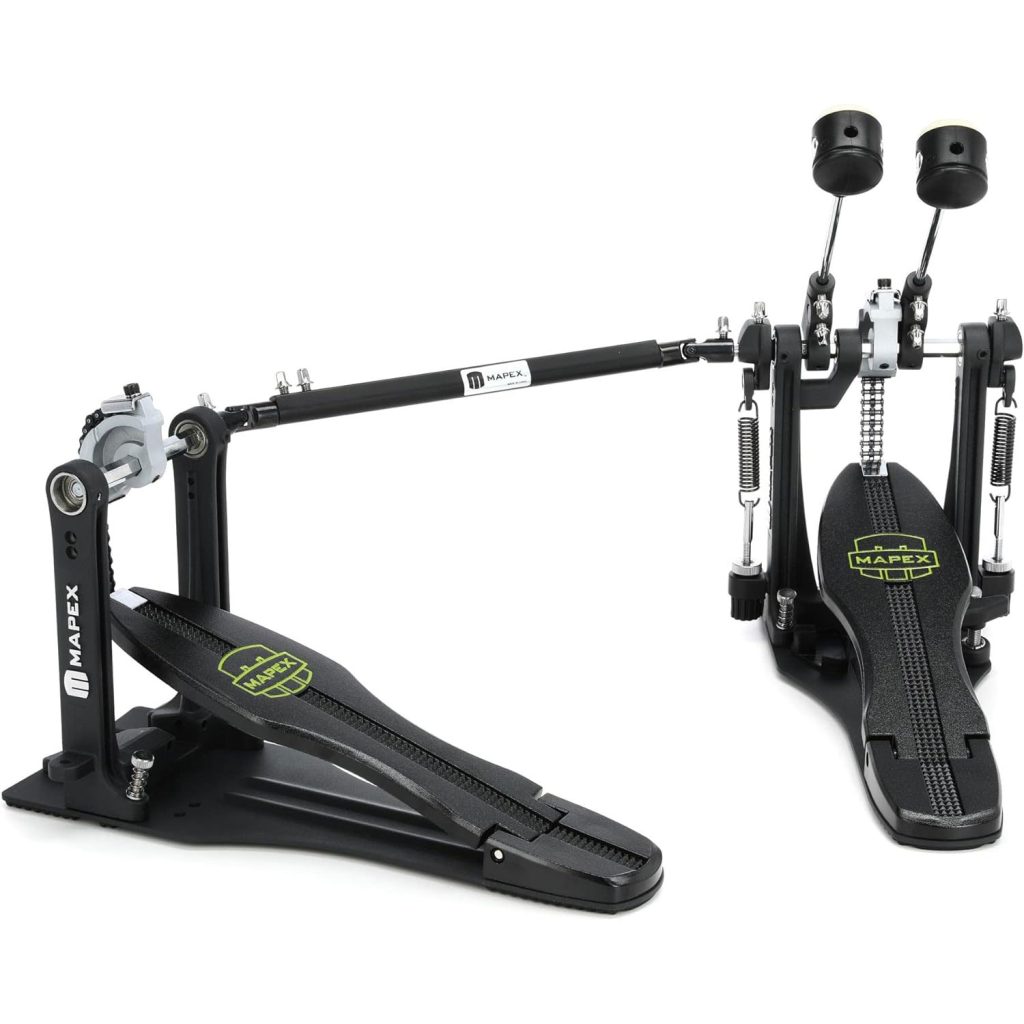
The Mapex Armory Response double bass pedal offers a nice set of features and a heavy duty feel for it’s price. It has two linear cams with dual chain drives for solid feel during play. It has a slightly extended foot board for good response. The solid base on both pedals gives it good stability and the base is a little smaller in profile than other similar pedals. There are are spurs on both pedals to help keep it in place. The beater angles can be adjusted, which also changes the height of the foot boards. The reversible beaters have a felt and solid surface option. The spring tension can be locked into place. There are also two different beater weights included to tweak the feel of the beater swing, which can double as memory locks for the beater height. This is a good pick for drummers who want a sturdy, dual chain drive double pedal for a budget price.
Gibraltar 6700 Series Double Bass Drum Pedal

The 6700 Series chain drive double pedal from Gibraltar is a great option for a dual chain drive pedal in this price range. It has a very smooth and stable feel, along with good speed and power. The beater angles can be adjusted and it also changes the heights of the pedal boards at the same time. The beater is double sided and includes a memory lock that can also double as a beater weight. The toe clamp adjustment requires a drum key, which is stored on board. There are also a locking mechanisms for the spring tension adjustment to keep settings in place. This is a good pick for drummers that want a stable, smooth double pedal with dual chain drive at this price point.
Sonor DP 2000 Double Bass Pedal
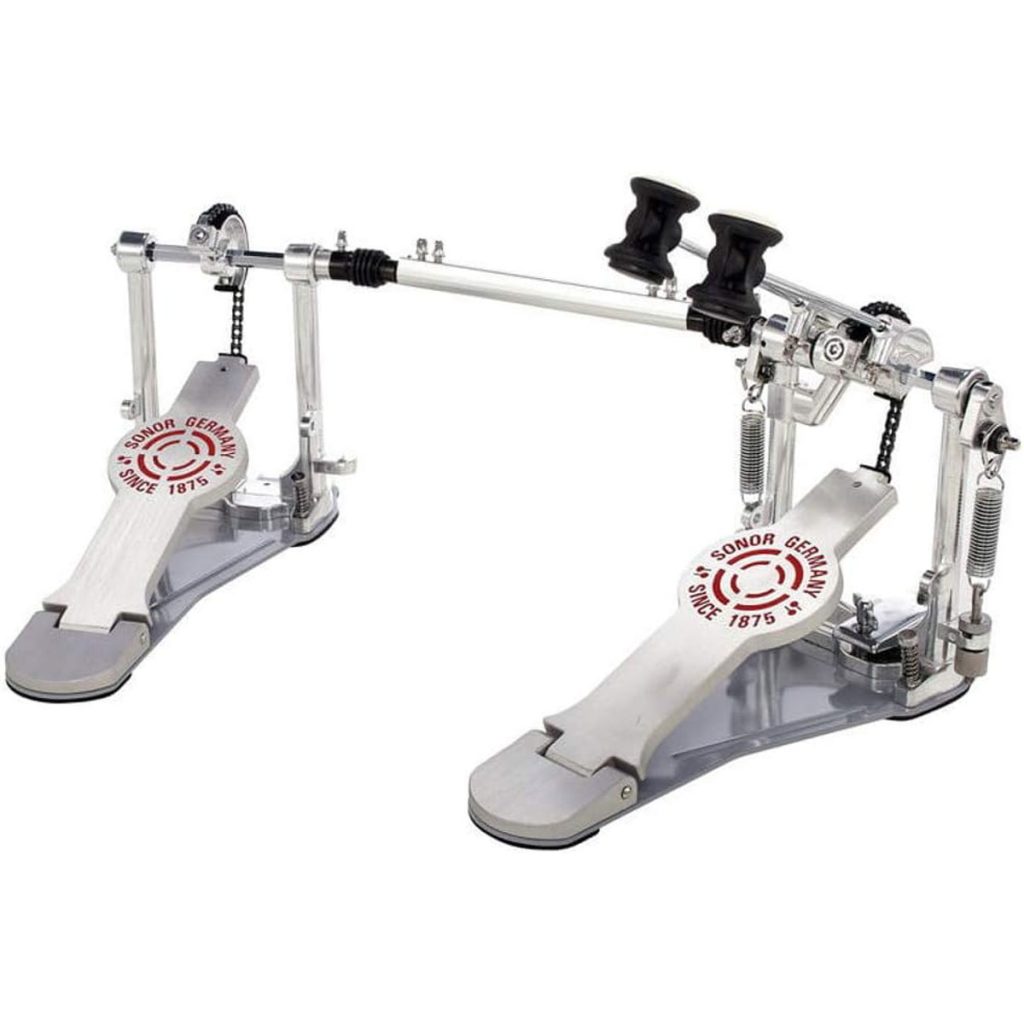
The 2000 Series double bass pedal from Sonor is an affordable option with really good build quality for it’s price. It has a solid base plate for sturdiness, and there are spurs on both pedals to keep it from slipping. It has a linear cam with a single chain drive on both sides which provide smooth and powerful operation. The beater angle is adjustable which also changes the height of the foot boards. The springs are known for being very quiet on this pedal which is great, especially if you want to use this pedal for recording. The spring tension can be locked on both springs. It comes with double side beaters with felt and hard surface options. This pedal has a little heavier yet very smooth feel.
What To Look For in a Double Bass Drum Pedal
Bass drum pedals from various manufacturers share a lot of similarities but there are some differences to pay attention to that can affect the feel of the pedal or the ability to adjust certain aspects of the pedal.
Chain Drive, Direct Drive and Belt Drive
One of the most visible and obvious features of a bass drum pedal is the type of drive that the pedal is using. Chain drive pedals have a visible chain between the cam and foot board, belt drives use a strap which can be various materials other than a chain, and direct drives use a solid linkage between the cam and foot board.
Chain drives are the most common and they provide a natural feel with good response without being overly rigid. Chains can give a little during the upstroke of a bass drum pedal, which can contribute to a less direct feel between your foot and the beater swing. Single chain pedals can feel a little loose from side to side. Double chain pedals are more stiff from side to side and can provide more stability.
Belt drives are similar in feel to chain drives but depending on the material used for the belt they might feel more or less direct than a chain.
Direct drives have a solid linkage that doesn’t give or slack at all in either direction, and both the downstroke and upstroke of the beater swing feels like it’s connected directly to the movement of your foot.
The type of drive that a drummer will prefer is very personal and subjective in most cases, and if you’re not sure which one you might prefer it’s usually best to start out with a chain drive pedal and then change from there if you feel like you need a more or less direct feel to fit your play style and foot movements.
Cams
The cams are located on the rocker shaft and they connect the chain, belt or direct linkage to the foot board to swing the beater when you move your foot. On a chain or belt drive pedal, the chain/belt usually wraps partially around a circular cam. On direct drive pedals the direct drive linkage is attached to a single point on the cam.
Both a circular chain drive cam and a direct drive cam will feel linear, meaning that the radius of the cam doesn’t change during the movement of the beater. This creates a smooth, consistent beater speed throughout the motion. Some chain and belt drive cams have an offset shape to provide more acceleration as the beater gets closer to the bass drum head.
Foot Boards
Foot boards sizes and shape vary between pedals. Shorter foot boards that attach to a heel plate are common. Long foot boards without a heel plate are also popular but not as common. Longer foot boards can be useful for techniques that incorporate the heel and they can provide better full-foot control. Long boards can also provide better control for drummers with larger feet.
Smoothness of the foot board is also something to watch out for. Some drummers prefer a more tactile surface on the foot board, and some prefer a smooth surface. Drummers who play barefoot or who want to be able to slide their foot around the surface for various techniques will usually prefer a smooth surface on the foot board. Drummers who want to keep their shoes from slipping on a foot board might prefer a more tactile surface.
As far as other foot board features go, some pedals allow you to adjust the foot pedal position forward or backward, or raise and lower the foot pedal height separately from the beater angle.
Other Settings and Features
There are some other common features to look out for. Spring tension locking mechanisms are useful for keeping your spring tension from loosening up while you play. Spurs on the front of the pedal can help keep the pedal in place for aggressive drummers, and on double bass pedals usually at least the free pedal that doesn’t attach to the bass drum will have spurs. Adjustable rockers are sometimes used for adjusting the beater angle if the beater doesn’t rotate on the rocker shaft. Beaters are sometimes double sided to provide both a felt surface and hard beater surface option.

